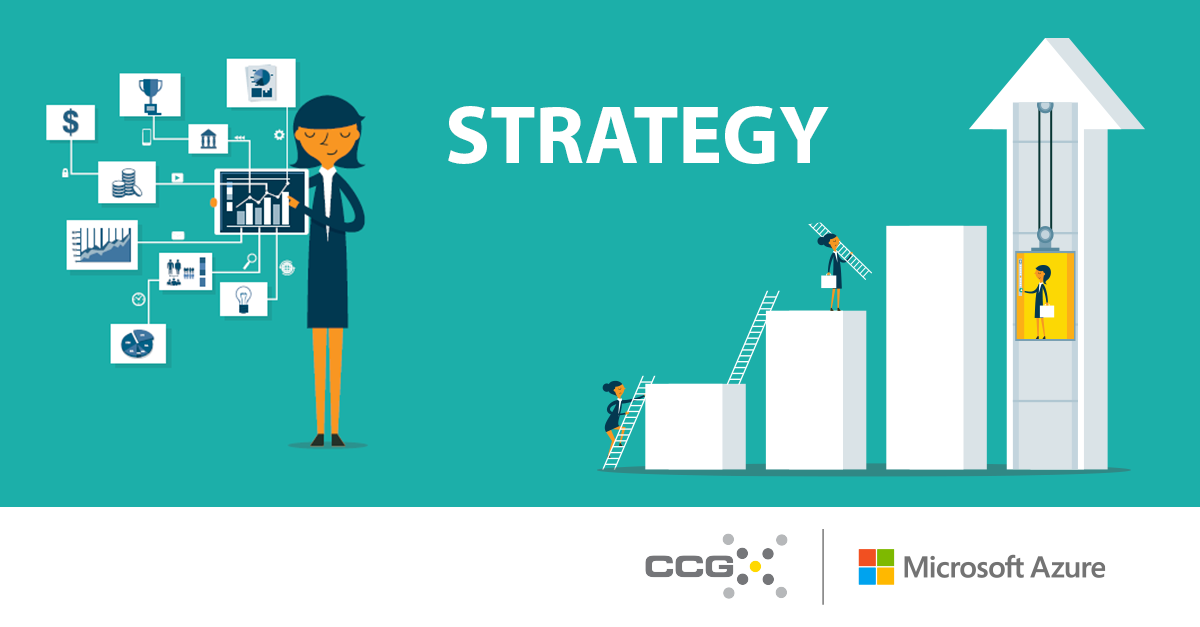
Too often, businesses undervalue the first-party data they already own as a place to start learning about their customer base. Whether you’re in retail, hospitality, restaurants, or any business-to-consumer industry, your own first-party data can deliver a wealth of insights with a higher degree of accuracy than third-party data. In our recent e-Book, 3 Part Framework for a Successful Customer Data Management Strategy, the three steps to becoming a Customer Intelligence-driven Business are defined:
- Strategy - Design the strategy that gets the right people engaged with the right processes.
- Speed- Build a solution to pragmatically realize that strategy, quickly.
- Scale - Modernize your platform for scalable, agile operation in the cloud.
In this blog, we will review the first, and arguably the most important step, strategy. More specifically, this blog will cover the two major components of an effective Customer Intelligence (CI) strategy:
- The people that will benefit from its implementation
- The process that ensures its adoption and growth
The first strategy element: Account for your people
The most powerful CI programs don’t start with technology. They start with people. Though technologies may enhance business success, the people who use them and the processes they enhance are what make the technology work.
When implementing any new program, you have to meet the people where they are now and give them the power to control their own outcomes. That means more than a bunch of turn-key reports. When employees understand why they’re seeking better CI, they will naturally want to control how they get that information, and what information they obtain to do their jobs better.
That’s a process that involves every level of your organization. The chief marketing officer needs to see how CI helps crystalize and drive company strategy forward. If heads of merchandise can use customized reporting to predict consumer demand that helps drive their results (and bonuses), they’ll want to engage. When CRM managers see specific opportunities along the purchase path that can improve campaign results, they become self-motivated.
These outcomes require that members across the organization be empowered to self-serve their insights for their needs. They need to be able to ask and answer their own questions.
Start by identifying which employees have the aptitude, curiosity, and the most to gain to find and build on data opportunities. Who’s the most curious? These individuals will help form the base of your on-ramp to a CI program that’s unique to your business. They will tend to be your evangelists, your teachers, and your pioneers. Seek out these people and pilot with them.
The second strategy element: Define your process
You can’t know if you’re succeeding if you haven’t quantified what you expect to gain. Without a uniform method of measuring success, you can’t evaluate any program. At CCG, we’ve found that most organizations have no process in place to codify how these critical success elements are defined, measured, or calculated.
That’s what governance is, and most companies are missing or short on this critical element. As a result, in most cases the data governance and measurement track must be built from scratch to establish a single source of truth for the data being generated and managed.
Building a governance function involves defining the process that results in not only the rules, but the accountabilities and decision-authority to guide and ensure them. Once you have a framework for your governance and what it will measure and guide, you need to consider the following:
- Data Quality
To ensure stakeholders can trust data, it’s best to first understand why they might distrust it in the first place, with special consideration given to the organization’s data quality. - Program Management
Program management establishes an operational foundation for your entire data governance program. - Data Architecture
Data architecture looks at platforms used across the entire data life cycle. These areas include data management, extract transfer load (ETL), business intelligence/analytics, data visualizations, and data science platforms. - Metadata management
With a metadata management solution, process, and workflow, you can create data dictionaries and glossaries that provide everyone with the single source of analytics truth. - Data security and privacy
To identify and close security gaps, it’s essential to have well-defined and adhered-to data and security programs implemented to reduce risk.
The importance of Customer Intelligence is and should be at the forefront of every organization’s strategy. It’s even more essential however, that the strategy of implementing CI is well thought out, with the focus being primarily on your organizations people and the processes. Once you have your approaches, definitions, and goals clearly defined, it’s time to quickly implement a CI solution.
Learn more about how to build a Customer Intelligence strategy by visiting our solution page: CI for Retail. We are also offering a free consultation with our Director of Customer Analytics, save your seat here!
.png?width=699&name=thumbnail_datatreasure_ebook%20(1).png)